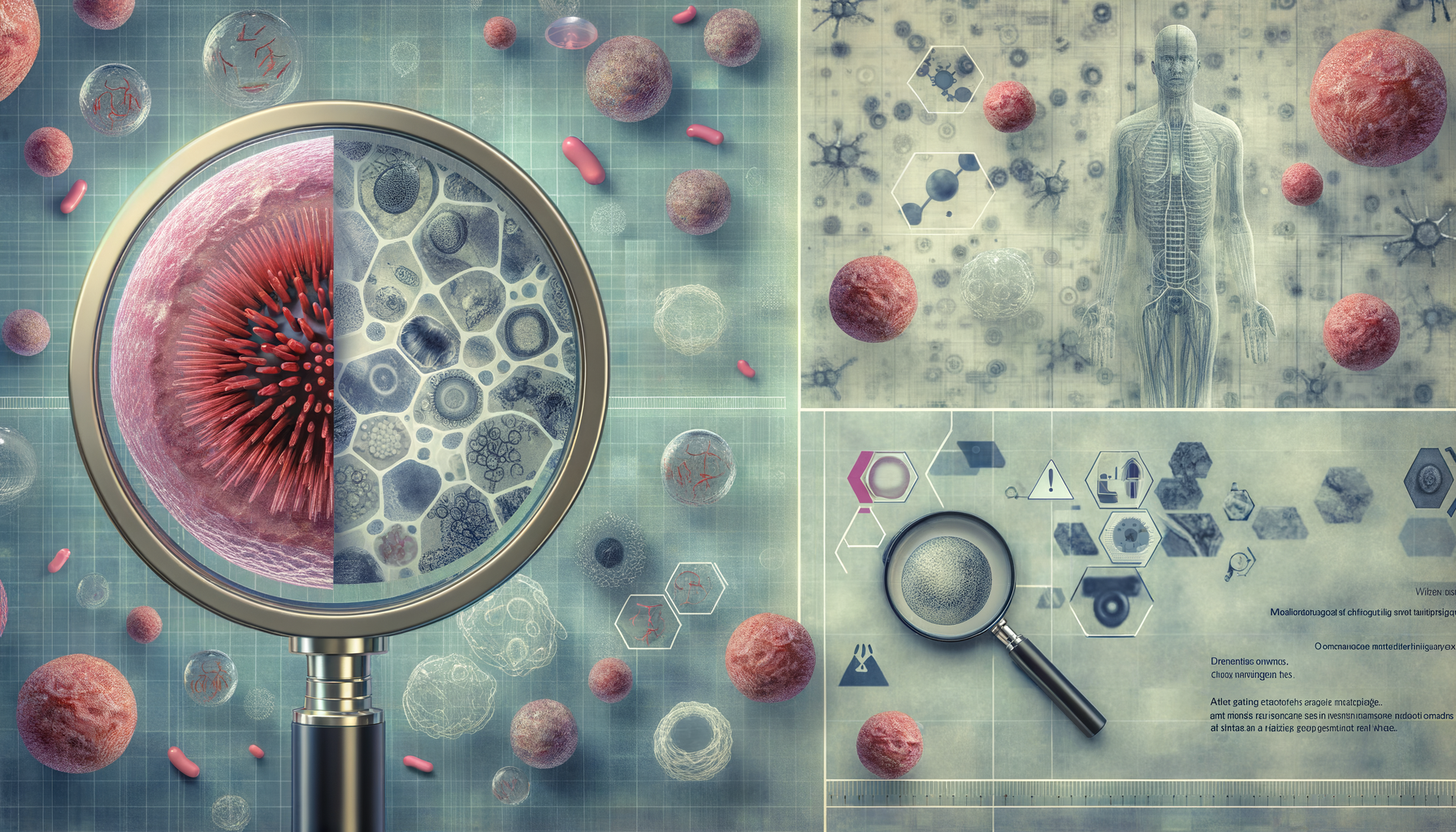Introduction to Vulvar Cancer
Vulvar cancer, although relatively rare, is a significant health concern that predominantly affects women in their later years. Understanding its first warning signs is crucial for early detection and effective treatment. Early diagnosis can significantly improve the prognosis and quality of life for those affected. This article delves into the initial symptoms that may indicate the presence of vulvar cancer, offering valuable insights for awareness and prevention.
Understanding Vulvar Cancer
Vulvar cancer occurs on the external surface area of the female genitalia. It typically manifests in the form of squamous cell carcinoma, which is the most common type. This form of cancer can develop over an extended period, often starting as precancerous changes known as vulvar intraepithelial neoplasia (VIN). Recognizing these changes early can be pivotal in preventing the progression to cancer.
The vulva includes several structures, such as the labia majora, labia minora, clitoris, and the opening of the vagina and urethra. Cancer can occur in any of these areas, but it most frequently appears on the labia majora. The exact cause of vulvar cancer is not well understood, but certain risk factors have been identified, including age, human papillomavirus (HPV) infection, and smoking.
First Warning Signs of Vulvar Cancer
Recognizing the early signs of vulvar cancer can be challenging, as they may be subtle and easily confused with other conditions. However, there are specific symptoms that should prompt further investigation:
- Persistent Itching: Chronic itching in the vulvar area is one of the most common early symptoms.
- Changes in Skin Color or Texture: Look for unusual changes such as thickening, lumps, or ulcers.
- Unusual Bleeding or Discharge: Any abnormal bleeding or discharge not related to menstruation should be noted.
- Pain or Burning: Persistent pain or a burning sensation in the vulvar area can be a warning sign.
If you experience any of these symptoms, it is essential to consult a healthcare professional for further evaluation.
Risk Factors and Prevention
Several risk factors can increase the likelihood of developing vulvar cancer. Age is a significant factor, with most cases occurring in women over the age of 50. Infection with HPV is another critical risk factor, as is smoking, which can damage the cells of the vulva and lead to cancerous changes.
Preventative measures include regular gynecological examinations, HPV vaccination, and smoking cessation. Being aware of the symptoms and seeking medical advice promptly can also aid in early detection and treatment.
Maintaining a healthy lifestyle, including a balanced diet and regular exercise, can support overall health and potentially reduce the risk of cancer.
Conclusion: Importance of Early Detection
Early detection of vulvar cancer is crucial for successful treatment and improved outcomes. By understanding the first warning signs and risk factors, individuals can take proactive steps to monitor their health and seek medical advice when necessary. Awareness and education are key components in the fight against vulvar cancer, empowering individuals to make informed decisions about their health.
Regular check-ups and open communication with healthcare providers can ensure that any suspicious symptoms are investigated promptly, leading to early intervention and better management of the condition.




Leave a Reply